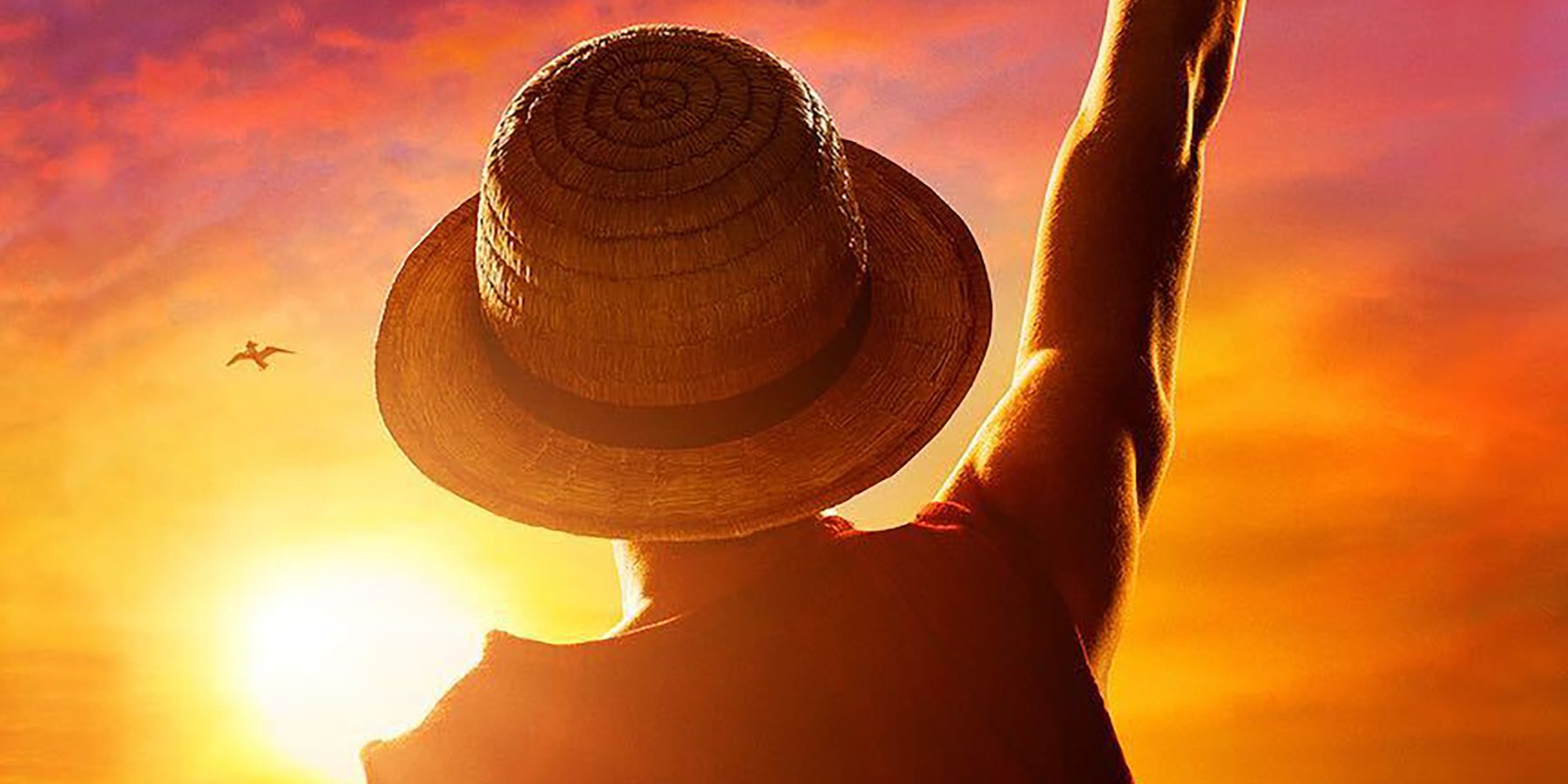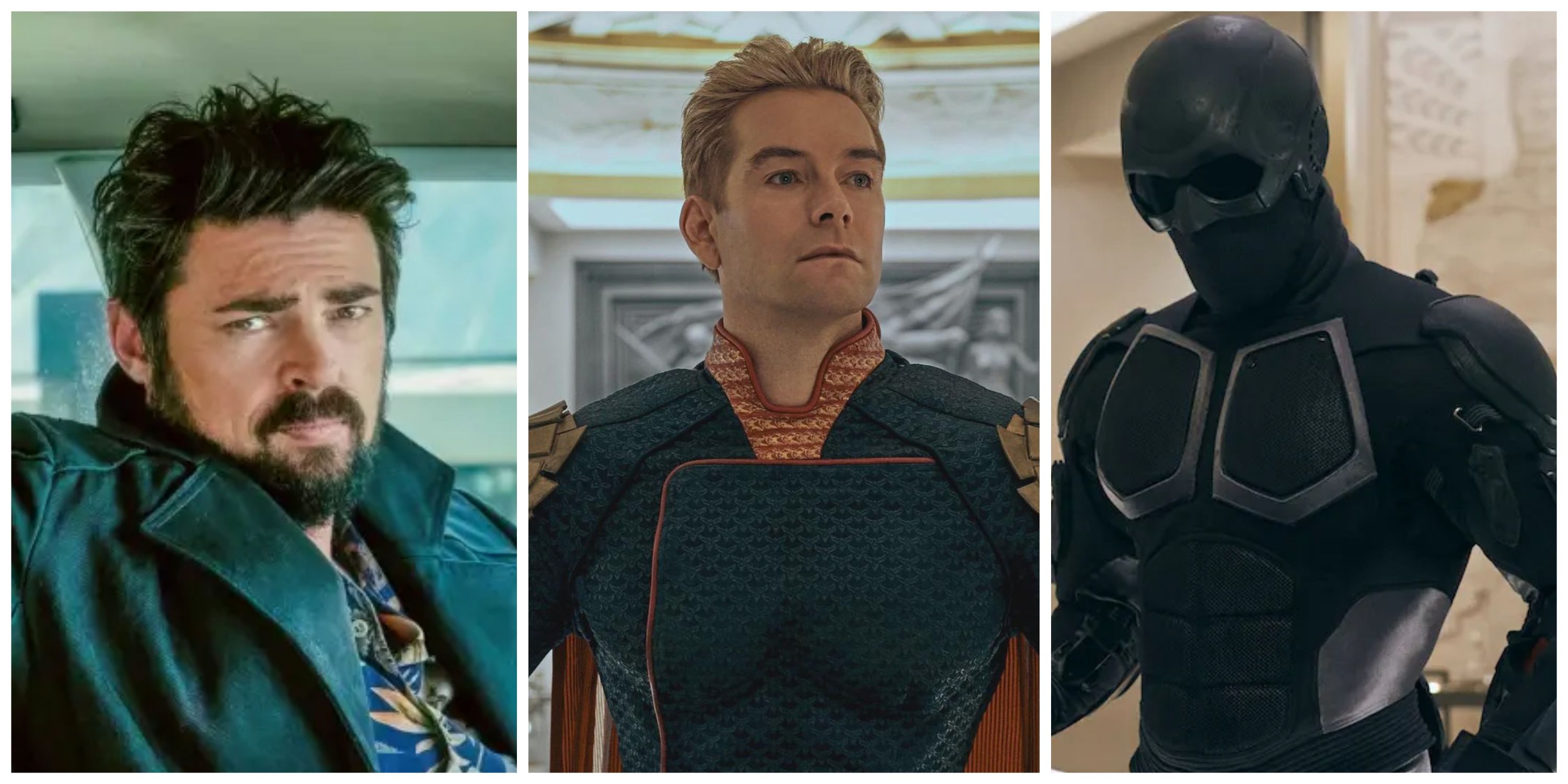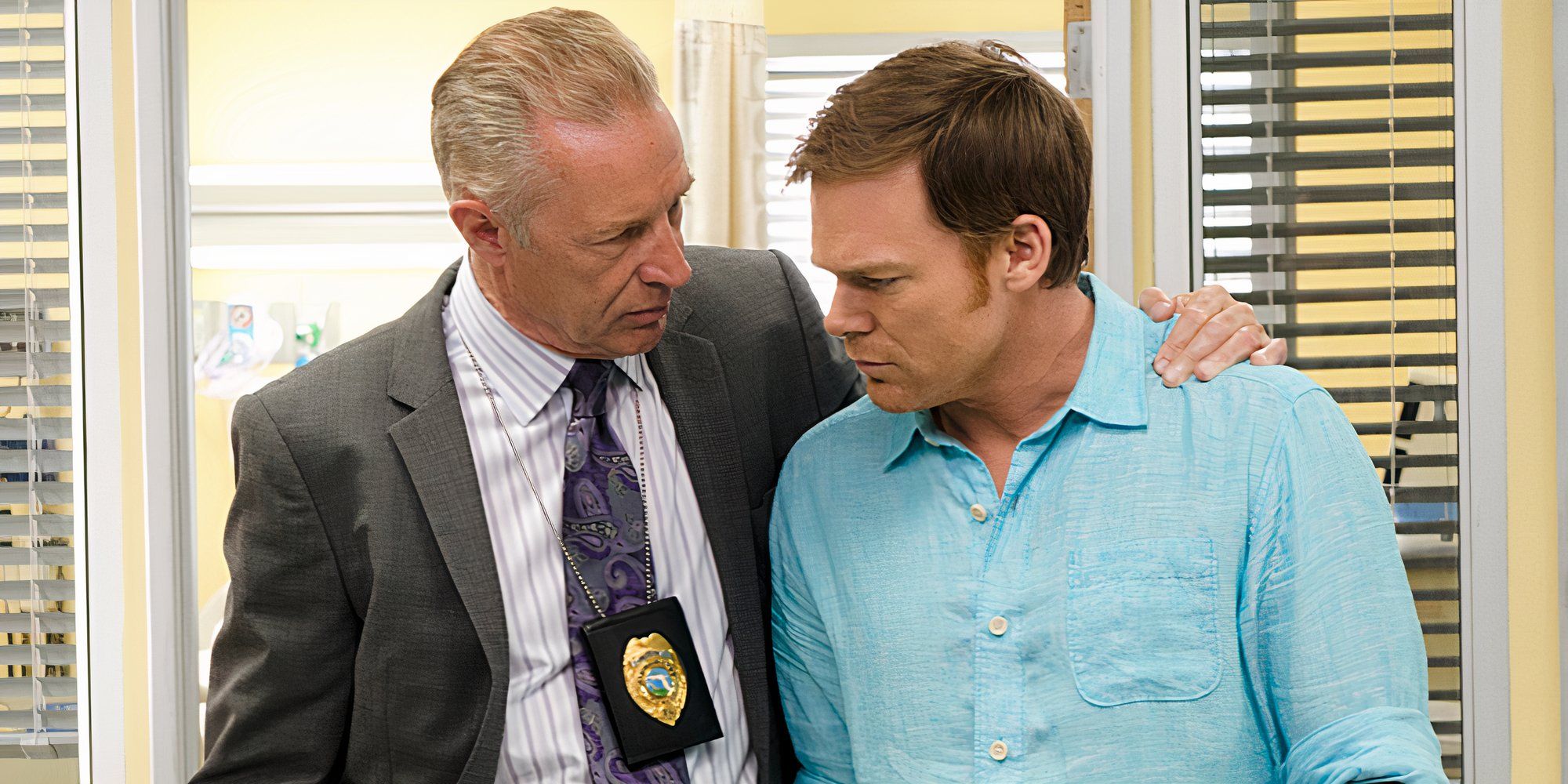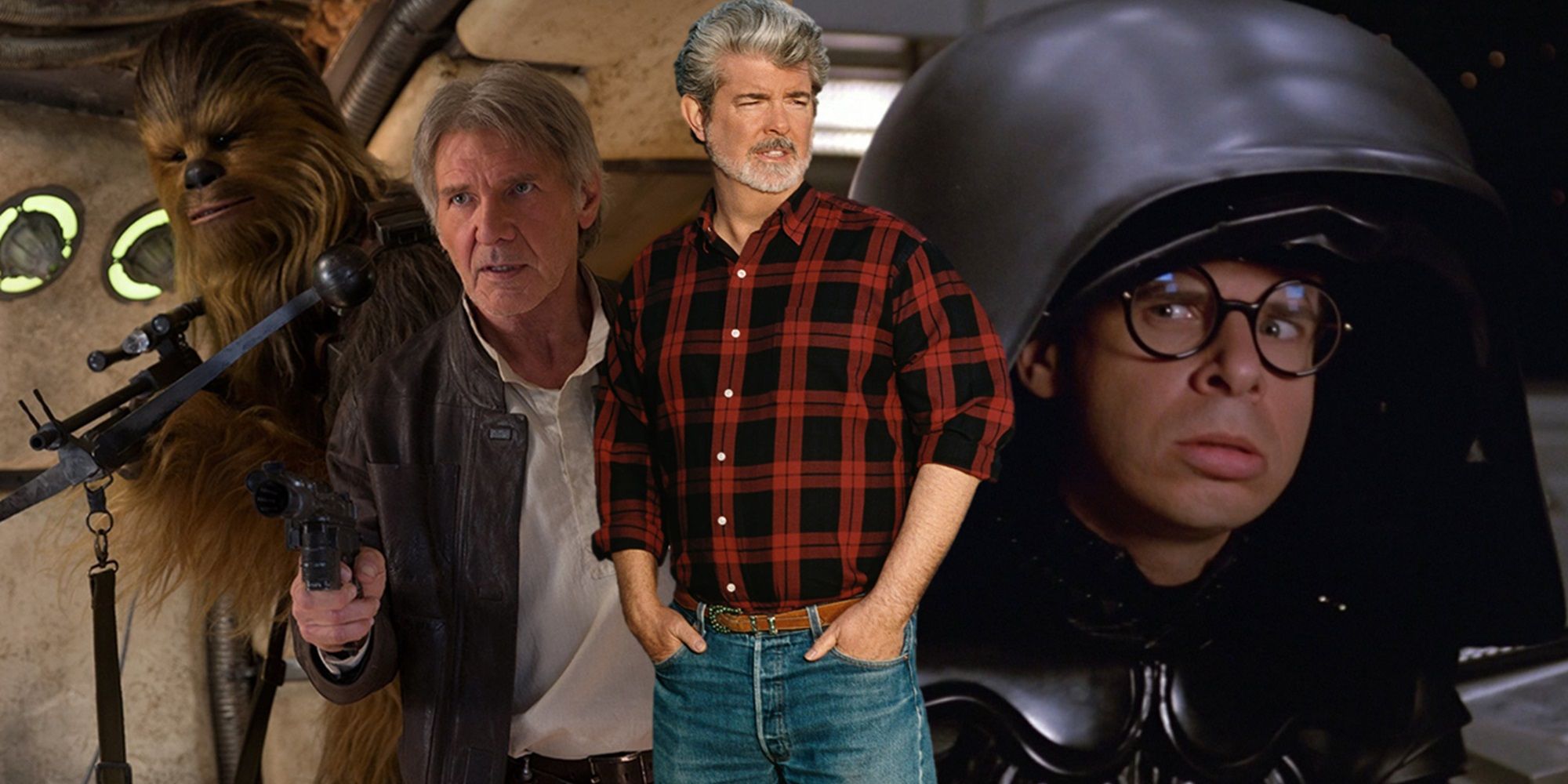In former Disney boss Bob Iger’s memoir The Ride of a Lifetime, he recounts the first time the studio screened The Force Awakens for Star Wars creator George Lucas: “Just prior to the global release, Kathy [Kennedy] screened The Force Awakens for George. He didn’t hide his disappointment. ‘There’s nothing new,’ he said. In each of the films in the original trilogy, it was important to him to present new worlds, new stories, new characters, and new technologies. In this one, he said, ‘There weren’t enough visual or technical leaps forward.’”Lucas’ disappointment with The Force Awakensreflects that of many Star Wars fans. With its Death Star plot, desert scavenger versus masked villain conflict, and galaxy-wide civil war between a struggling rebellion and an evil empire, The Force Awakens is little more than a shallow re-tread of the 1977 original with updated visual effects. It introduces exciting new characters, but confines them all to overfamiliar narrative territory.The Rebels’ victory in Return of the Jedi paved the way for the New Republic and for Luke to rebuild the Jedi Order. To have another Sith puppet-master atop a throne manipulate another Skywalker to don a black mask, kill some Jedi younglings, and take over the galaxy felt like a step backward. It’s perfectly understandable that the creator of Luke, Leia, and Han was dissatisfied when he sat down to watch their next adventure and saw them all regress back into their initial characterization (Leia as the leader of an underdog rebel force, Han as a self-centered smuggler, etc.).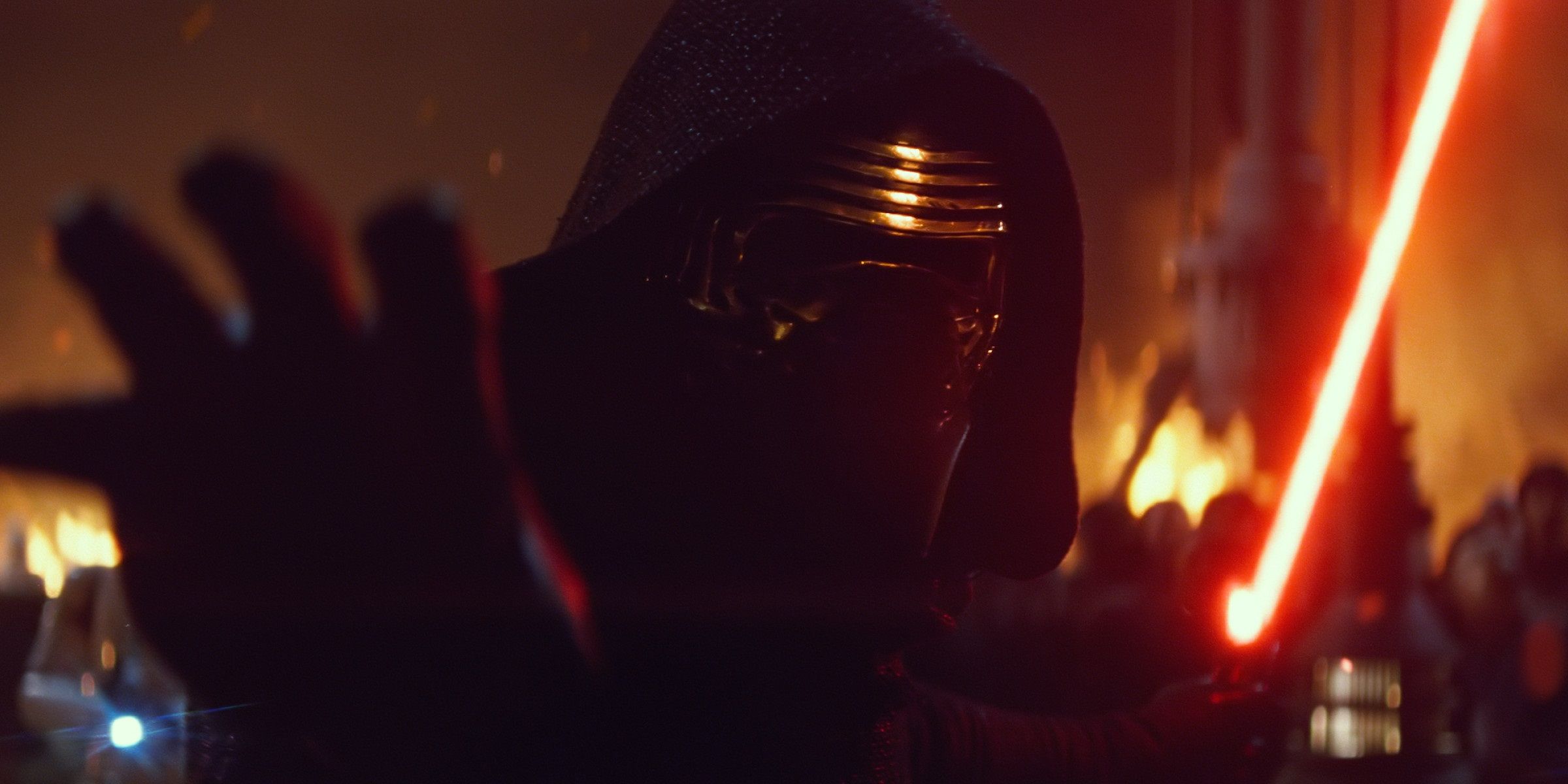 By contrast, Lucas was much more laudatory about the storytelling in Mel Brooks’ classic Star Wars spoof Spaceballs. Brooks secured Lucas’ permission before making the movie, and Lucas gave it the greenlight with one condition: Brooks couldn’t merchandise Spaceballs, because his action figures would look too similar to the authentic Star Wars ones.Brooks honored Lucas’ condition not to produce any Spaceballs merchandise, although he created plenty of fake Spaceballs merchandise for the movie’s meta-commentary on the primary commercial purpose of blockbuster franchises. When Spaceballs hit theaters in 1987, some critics felt 10 years on was too late for a Star Wars spoof, but since the Star Wars phenomenon has proven to be timeless, so has Brooks’ send-up of the original trilogy.
By contrast, Lucas was much more laudatory about the storytelling in Mel Brooks’ classic Star Wars spoof Spaceballs. Brooks secured Lucas’ permission before making the movie, and Lucas gave it the greenlight with one condition: Brooks couldn’t merchandise Spaceballs, because his action figures would look too similar to the authentic Star Wars ones.Brooks honored Lucas’ condition not to produce any Spaceballs merchandise, although he created plenty of fake Spaceballs merchandise for the movie’s meta-commentary on the primary commercial purpose of blockbuster franchises. When Spaceballs hit theaters in 1987, some critics felt 10 years on was too late for a Star Wars spoof, but since the Star Wars phenomenon has proven to be timeless, so has Brooks’ send-up of the original trilogy.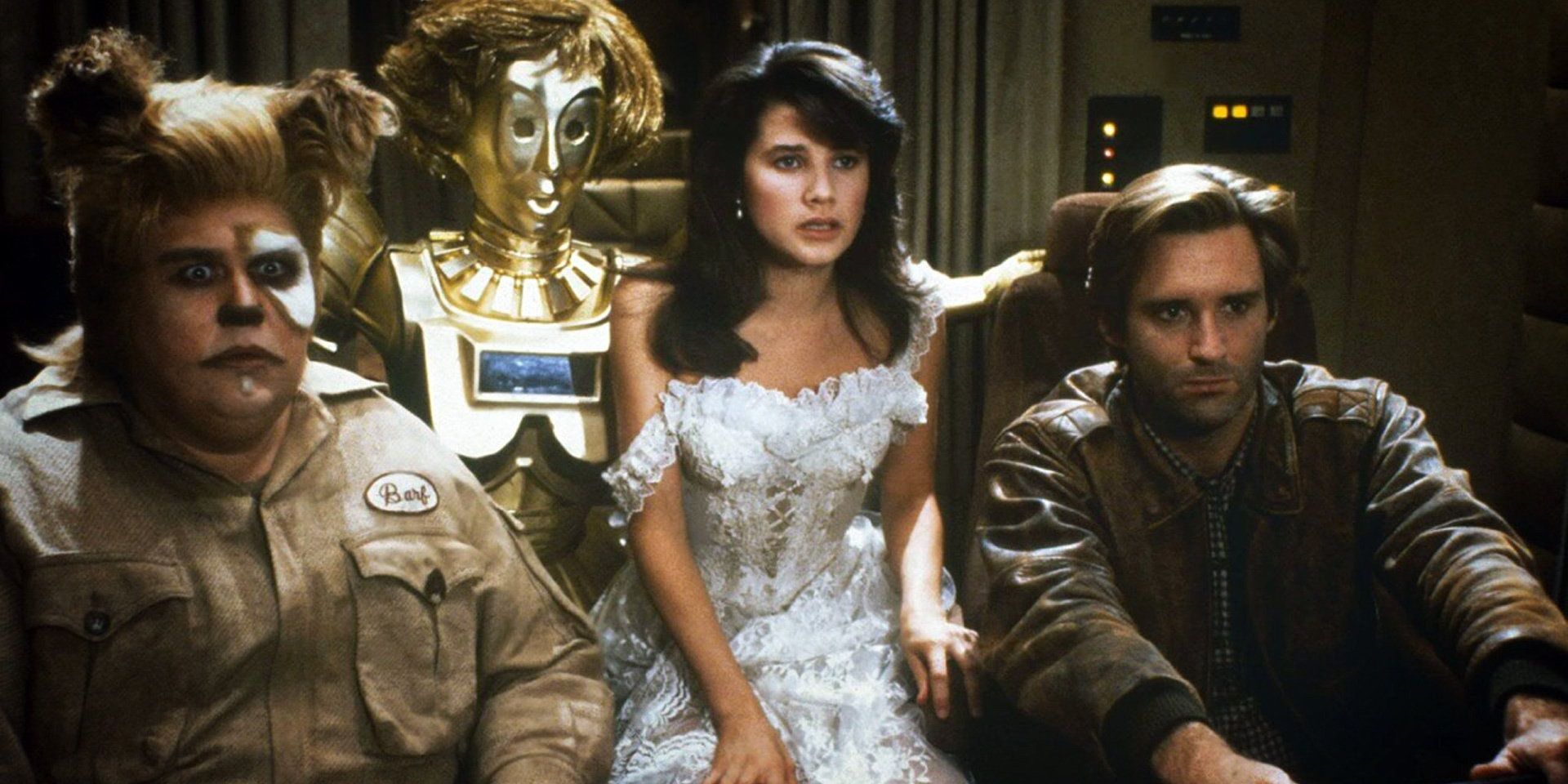 It’s been re-evaluated as one of Brooks’ funniest movies, as well as a pitch-perfect parody of a galaxy far, far away, but Lucas felt that Spaceballs was notable for more than just its lampoon of Star Wars iconography. According to JoBlo, Brooks said that Lucas “was so complimentary about [Spaceballs]. He said, ‘Take out the comedy and it really works as an adventure.’” While Lucas didn’t believe The Force Awakens had a strong enough narrative backbone to carry the Star Wars saga into its next chapter, he did believe that the farcical tale of Lone Starr and Barf rescuing Princess Vespa from the clutches of Dark Helmet would hold up as a tightly structured space opera if Brooks removed all the jokes, sight gags, and meta winks to the audience.Lucas’ own narrative work in the original Star Wars movie has been wildly influential on cinematic storytelling. He studied Joseph Campbell’s writing on comparative mythology and used the “monomyth” – commonly known as the “hero’s journey” – to form the basis of Luke Skywalker’s arc. This influence caught Hollywood’s attention when studios learned there was a blueprint for creating the next Star Wars, and development executive Christopher Vogler distilled it into a book called The Writer’s Journey.
It’s been re-evaluated as one of Brooks’ funniest movies, as well as a pitch-perfect parody of a galaxy far, far away, but Lucas felt that Spaceballs was notable for more than just its lampoon of Star Wars iconography. According to JoBlo, Brooks said that Lucas “was so complimentary about [Spaceballs]. He said, ‘Take out the comedy and it really works as an adventure.’” While Lucas didn’t believe The Force Awakens had a strong enough narrative backbone to carry the Star Wars saga into its next chapter, he did believe that the farcical tale of Lone Starr and Barf rescuing Princess Vespa from the clutches of Dark Helmet would hold up as a tightly structured space opera if Brooks removed all the jokes, sight gags, and meta winks to the audience.Lucas’ own narrative work in the original Star Wars movie has been wildly influential on cinematic storytelling. He studied Joseph Campbell’s writing on comparative mythology and used the “monomyth” – commonly known as the “hero’s journey” – to form the basis of Luke Skywalker’s arc. This influence caught Hollywood’s attention when studios learned there was a blueprint for creating the next Star Wars, and development executive Christopher Vogler distilled it into a book called The Writer’s Journey.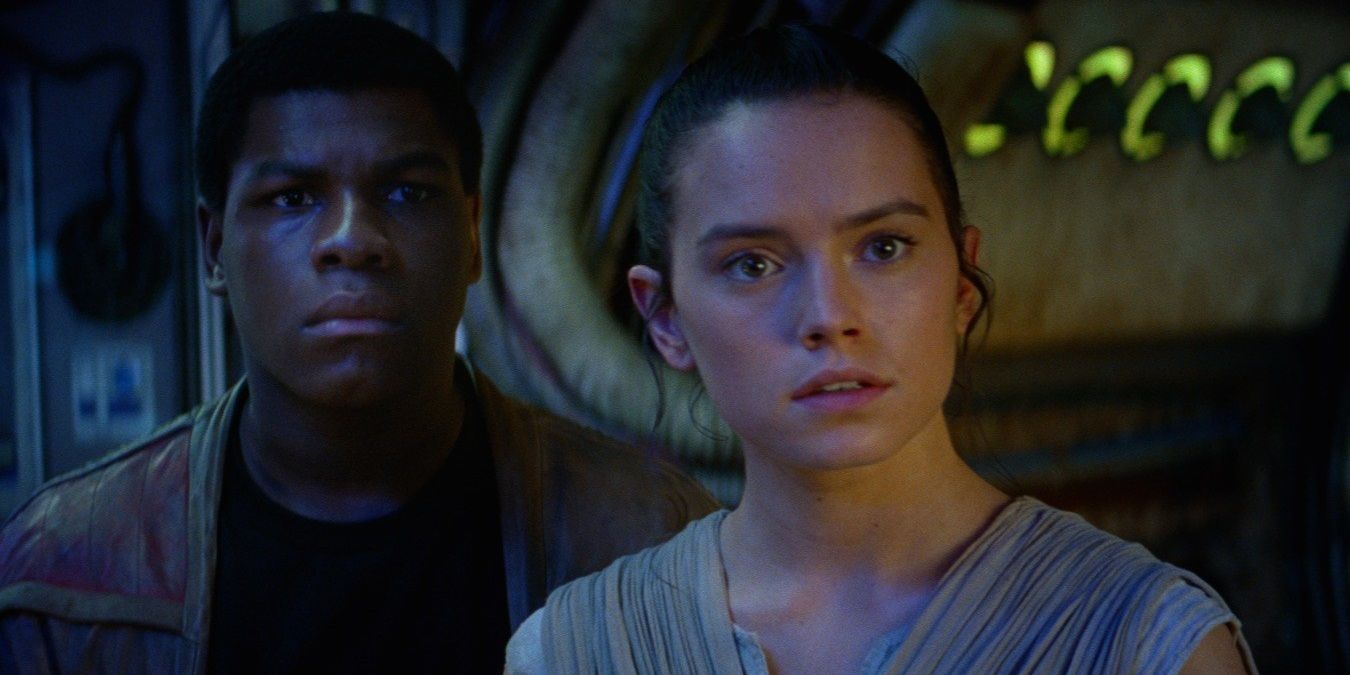 The Force Awakens was just the beginning of the sequel trilogy’s narrative problems. It may have rehashed the original movie’s Death Star plot, but the cliffhanger ending made it seem like the Mouse House had big things planned for the trilogy’s future. Two movies later, it was abundantly clear that there was no plan at all.The most egregious thing about the fact that Disney’s sequel trilogy wasn’t planned from the beginning is that Lucas already planned it out for them. To sweeten the deal when he was negotiating the sale of his studio, Lucas tidied up the treatments for Episodes VII to IX that he’d been working on for years and included them in the package. Iger noted in his book that when he described the plot of The Force Awakens to Lucas and it dawned on him that they’d thrown his treatments out the window, the series creator “felt betrayed.” Thinking they could come up with a better Star Wars story than George Lucas himself was arrogant enough, but expecting that story to work itself out along the way is even more astounding.
The Force Awakens was just the beginning of the sequel trilogy’s narrative problems. It may have rehashed the original movie’s Death Star plot, but the cliffhanger ending made it seem like the Mouse House had big things planned for the trilogy’s future. Two movies later, it was abundantly clear that there was no plan at all.The most egregious thing about the fact that Disney’s sequel trilogy wasn’t planned from the beginning is that Lucas already planned it out for them. To sweeten the deal when he was negotiating the sale of his studio, Lucas tidied up the treatments for Episodes VII to IX that he’d been working on for years and included them in the package. Iger noted in his book that when he described the plot of The Force Awakens to Lucas and it dawned on him that they’d thrown his treatments out the window, the series creator “felt betrayed.” Thinking they could come up with a better Star Wars story than George Lucas himself was arrogant enough, but expecting that story to work itself out along the way is even more astounding.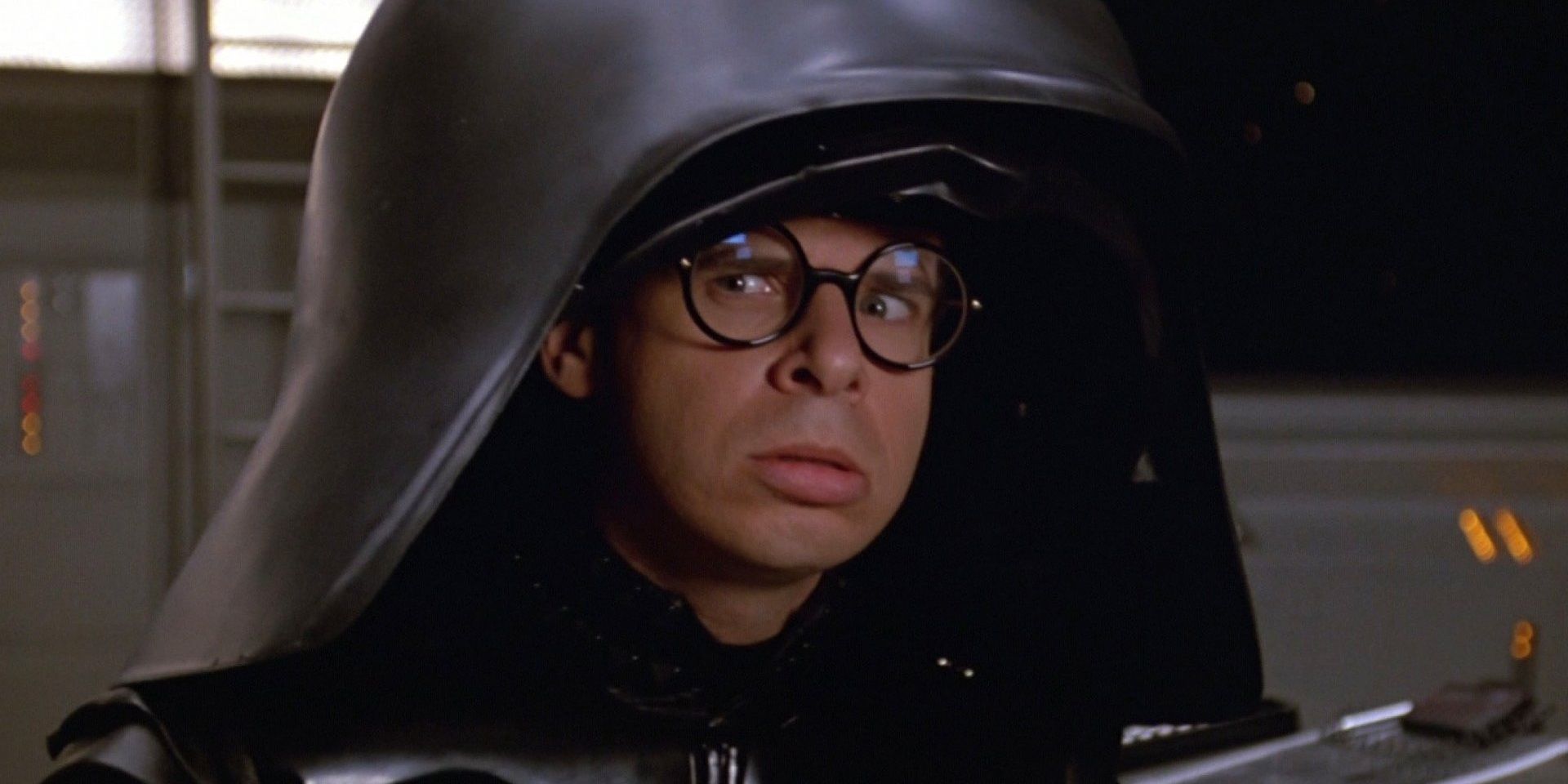 The only positive thing about the flaws in the sequel trilogy is that they’ve given Mel Brooks plenty of material for a Spaceballs follow-up. Spaceballs: The Schwartz Awakens could revolve around an older Lone Starr teaming up with a bunch of new heroes to destroy yet another Mega-Maid.
The only positive thing about the flaws in the sequel trilogy is that they’ve given Mel Brooks plenty of material for a Spaceballs follow-up. Spaceballs: The Schwartz Awakens could revolve around an older Lone Starr teaming up with a bunch of new heroes to destroy yet another Mega-Maid.

